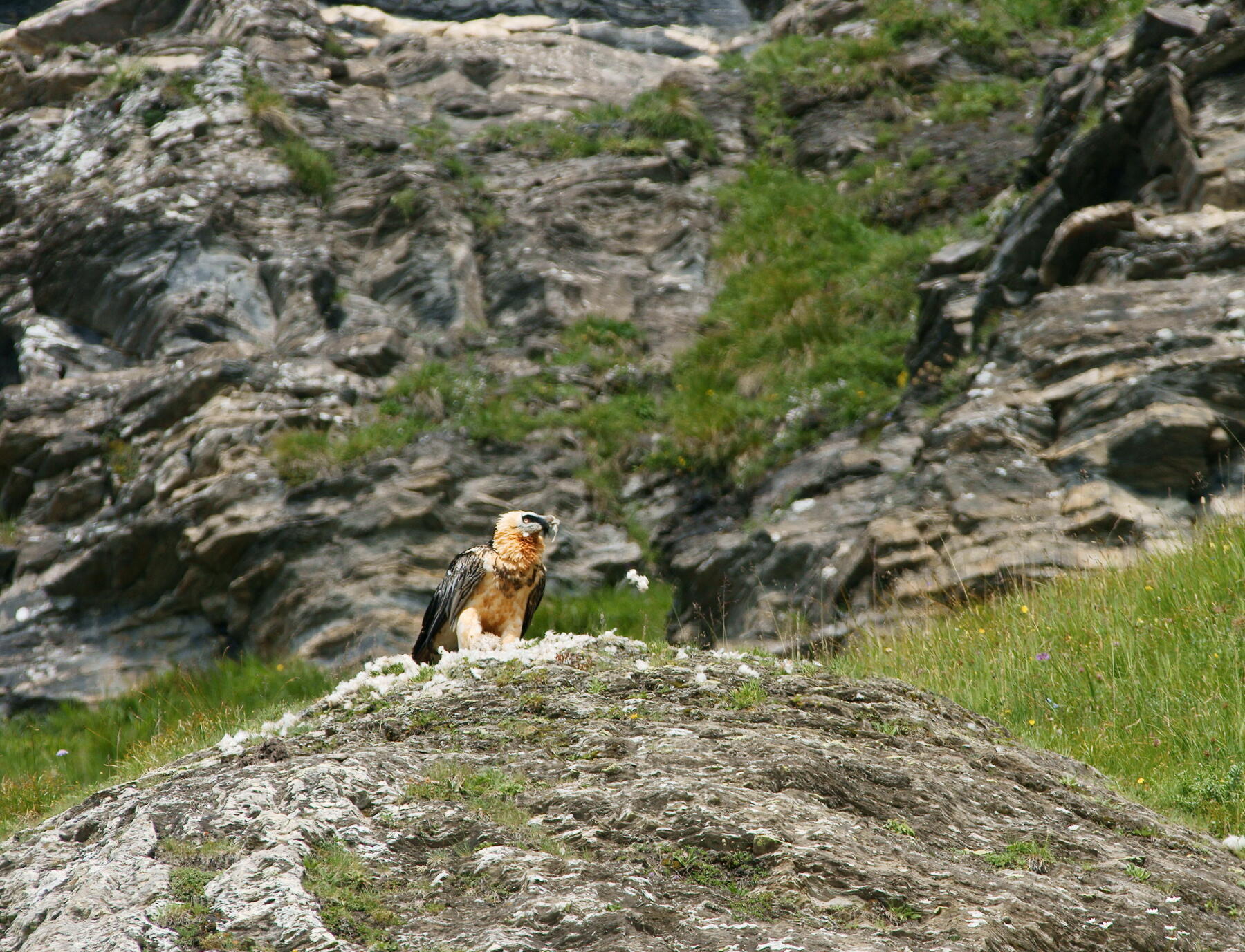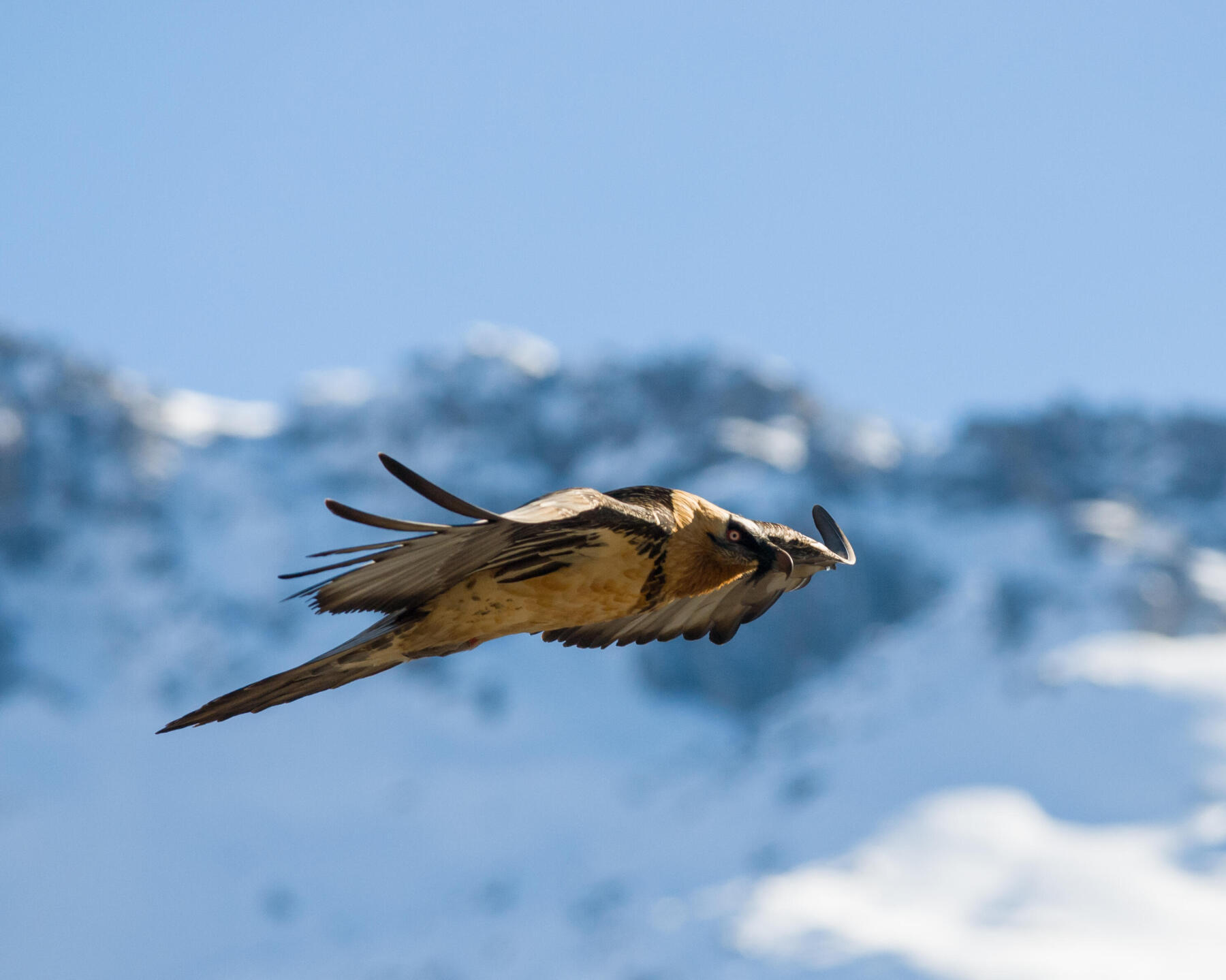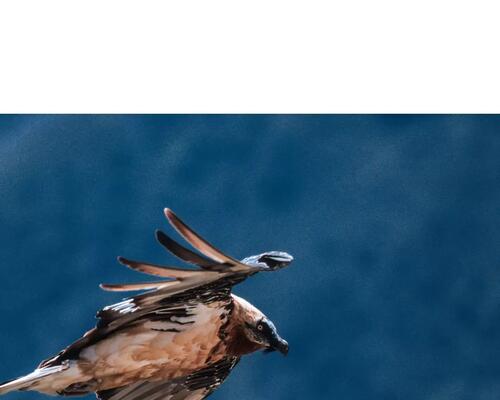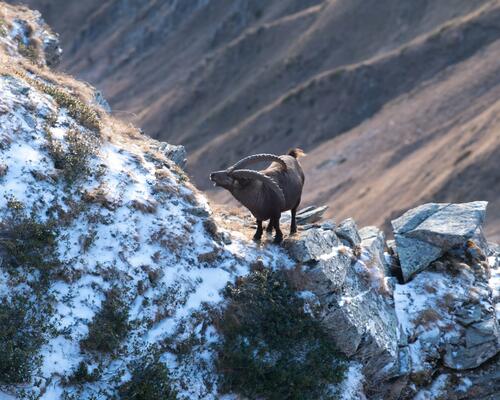1) The golden rules of spotting...
To make the most of the moment, here are a few tips so you don’t miss anything and this large bird of prey is disturbed as little as possible:
- Stay calm and do not make sudden movements (such as calling your friends, getting out your camera or binoculars, etc.).
- Stop and take the time to observe, if it goes behind a peak or ridge it can come back very quickly.
- There is no risk of disturbing the vulture if you are on the ground and it is in flight, the vulture is in charge of whether or not it approaches you.
- If the vulture is perched eating a carcass or preening its feathers then keep as still as possible, if you’re quite close then the slightest movement can make it fly away.
- If you are flying (paraglider, glider, microlight, etc.) then do not try to approach or follow it as it could easily see you as an enemy.
- Distance yourself from cliffs as its nest could be nearby.
- Never approach a vulture’s nest if you know its whereabouts. This is the most serious disturbance that can cause unsuccessful breeding and/or abandonment of the site, damaging the reintroduction and conservation programme in the Alps!






